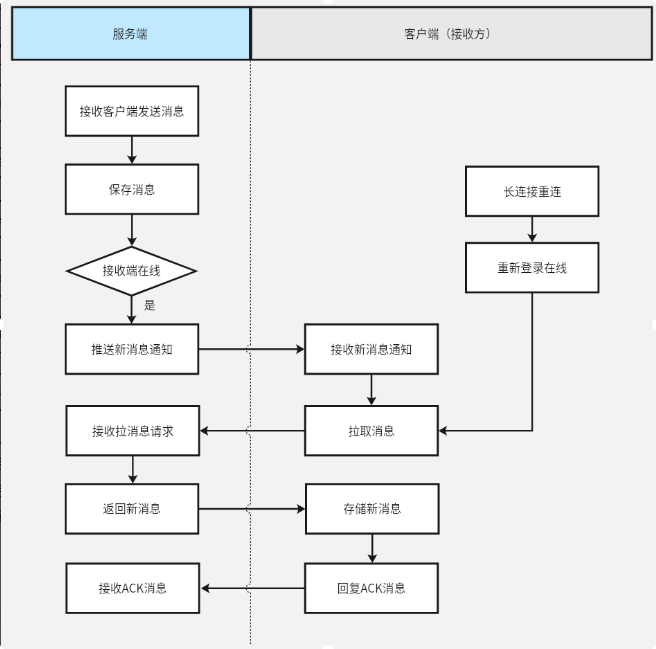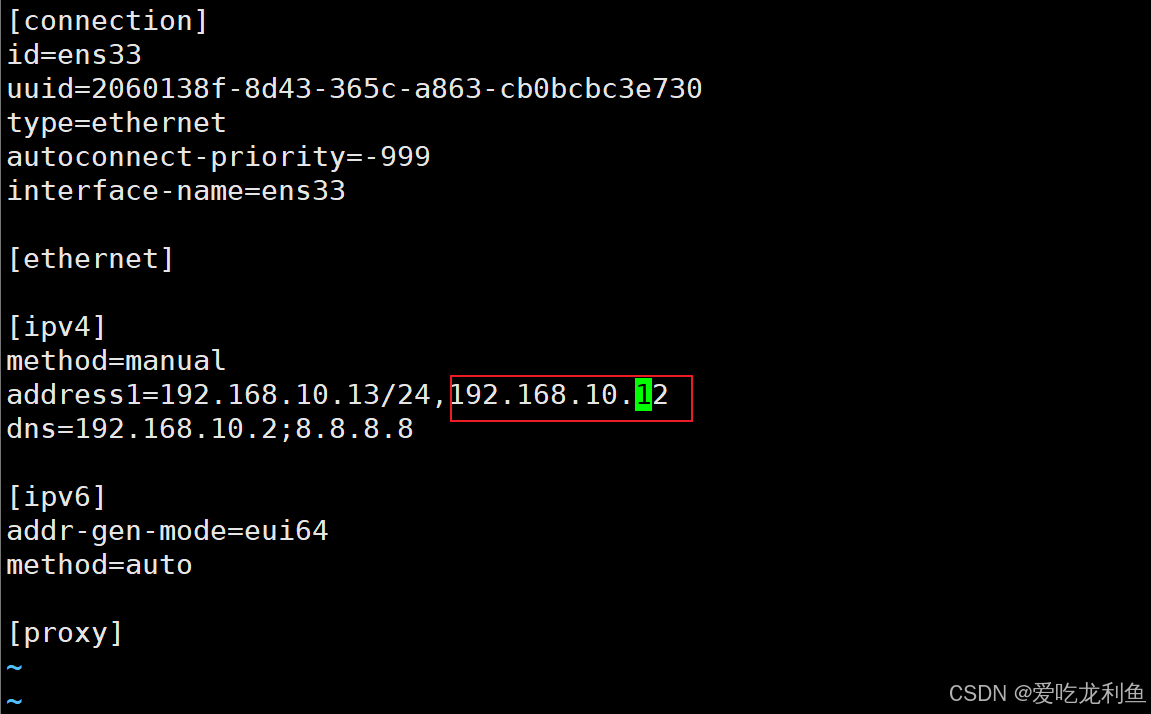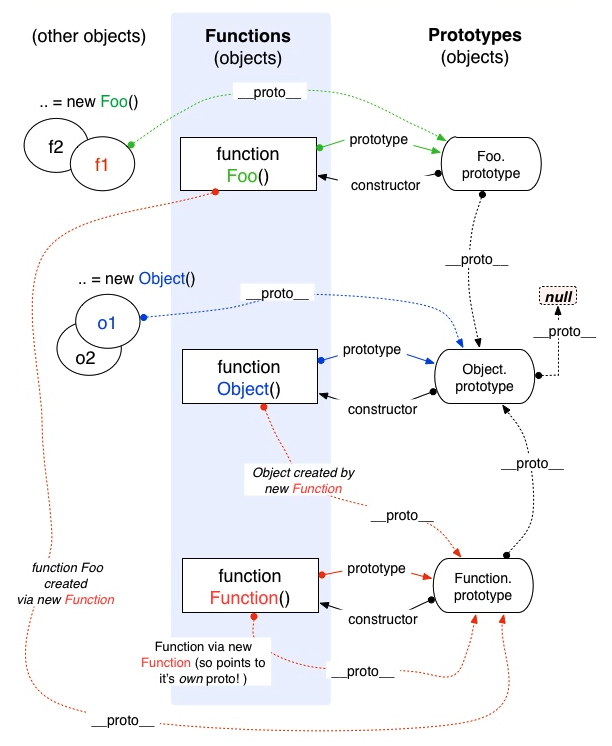1、使用 defineEmits() 函数
父组件通过使用 Prop 为子组件传递数据,但如果子组件要把数据传递回去,就需要使用自定义事件来实现。父组件可以通过 v-on 指令(简写形式“@”)监听子组件实例的自定义事件,而子组件可以通过调用内建的 defineEmits() 函数并传入事件名称来触发自定义事件。
使用 <script setup> 语法糖,<script setup> 是在单文件组件 (SFC) 中使用组合式 API 的编译时语法糖。在 Vue3.2 中只需要在 script 标签上加上 setup 属性,无需 return,template 便可直接使用。相比于普通的 <script> 语法,它具有更多优势。
Vue3.0组合式API,组件之间的数据传递:
父传子:使用 defineProps() 函数。
子传父:使用 defineEmits() 函数。
为了在声明 props 和 emits 选项时获得完整的类型推导支持,我们可以使用 defineProps() 函数 和 defineEmits() 函数 API,它们将自动地在 <script setup> 中可用:
<script setup>
//父传子
const props = defineProps({
foo: String
})
//子传父
const emit = defineEmits(['change', 'delete'])
// setup 代码
</script>- defineProps() 函数 和 defineEmits() 函数 都是只能在 <script setup> 中使用的编译器宏。他们不需要导入,且会随着 <script setup> 的处理过程一同被编译掉。
- defineProps() 函数 接收与 props 选项相同的值,defineEmits() 函数 接收与 emits 选项相同的值。
- defineProps() 函数 和 defineEmits() 函数 在选项传入后,会提供恰当的类型推导。
- 传入到 defineProps() 函数 和 defineEmits() 函数 的选项会从 setup 中提升到模块的作用域。因此,传入的选项不能引用在 setup 作用域中声明的局部变量。这样做会引起编译错误。但是,它可以引用导入的绑定,因为它们也在模块作用域内。
defineEmits() 函数的语法格式如下:
defineEmits( eventName, […args] )参数说明:
eventName:传入事件的名称。
[…args]:触发事件传递的参数,该参数是非必选。
【实例】在 <script setup> 语法糖中,使用 defineEmits() 函数,实现子组件向父组件传递数据。
(1)创建 ParentComponent.vue 父组件
<template>
<fieldset>
<legend>父组件</legend>
<h3>父组件接收到子组件传递的数据:</h3>
<p>博客信息:{{ blogInfo.blogName }}</p>
<p>博客信息:{{ blogInfo.blogUrl }}</p>
<!-- 使用组件 -->
<ChildComponent @receiverData="getBlogInfo" />
</fieldset>
</template>
<!-- 使用 <script setup> 语法糖 -->
<script setup>
import { reactive } from 'vue';
//引用组件,使用 <script setup> 语法糖引用的组件会自动执行注册
import ChildComponent from '@/components/ChildComponent.vue'
// 使用 reactive 创建响应式的对象
const blogInfo = reactive({});
// 核心代码:接收子组件传递数据的方法
function getBlogInfo(blogName, blogUrl) {
blogInfo.blogName = blogName;
blogInfo.blogUrl = blogUrl;
}
</script>(2)创建 ChildComponent.vue 子组件
<template>
<fieldset>
<legend>子组件</legend>
<button @click="sendData">传递数据给父组件</button>
</fieldset>
</template>
<!-- 使用 <script setup> 语法糖 -->
<script setup>
import { reactive } from 'vue';
// 使用 reactive 创建响应式的对象
const blogInfo = reactive({
blogName: '您好,欢迎访问 pan_junbiao的博客',
blogUrl: 'https://blog.csdn.net/pan_junbiao'
});
//核心代码
const emit = defineEmits(['receiverData']);
function sendData() {
//核心代码:触发自定义事件,传递数据个父组件
emit('receiverData', blogInfo.blogName, blogInfo.blogUrl);
}
</script>(3)在 App.vue 根组件中,引入父组件
<template>
<!-- 使用组件 -->
<ParentComponent />
</template>
<script setup>
//引用组件,使用 <script setup> 语法糖引用的组件会自动执行注册
import ParentComponent from '@/components/ParentComponent.vue';
</script>执行结果:

2、组件事件配合 v-model 指令
如果是在子组件中用户输入数据,我们希望在获取数据的同时发生数据给父组件,这是可以配合 v-model 指令使用。
【实例】子组件中用户输入数据,在父组件中实时获取数据。
(1)修改 ParentComponent.vue 父组件
<template>
<fieldset>
<legend>父组件</legend>
<!-- 使用组件 -->
<ChildComponent @searchEvent="getSearch" />
<h3>父组件接收到子组件传递的数据:</h3>
接收到的搜索关键字:<input type="text" v-model="search" />
</fieldset>
</template>
<!-- 使用 <script setup> 语法糖 -->
<script setup>
import { ref } from 'vue';
//引用组件,使用 <script setup> 语法糖引用的组件会自动执行注册
import ChildComponent from '@/components/ChildComponent.vue'
// 使用 ref 创建响应式的对象
const search = ref('');
// 核心代码:接收子组件传递数据的方法
function getSearch(keyword) {
search.value = keyword;
}
</script>
<style>
input {
width: 300px;
padding: 3px;
font-size: 16px;
}
</style>(2)修改 ChildComponent.vue 子组件
<template>
<fieldset>
<legend>子组件</legend>
搜索:<input type="text" v-model="search" />
</fieldset>
</template>
<!-- 使用 <script setup> 语法糖 -->
<script setup>
import { ref, watch } from 'vue';
// 使用 ref 创建响应式的对象
const search = ref('');
//核心代码
const emit = defineEmits(['searchEvent']);
//watch监听器
watch(search, (newValue, oldValue) => {
//核心代码:触发自定义事件,传递数据个父组件
emit('searchEvent', newValue);
});
</script>执行结果:
















![[数据集][目标检测]无人机飞鸟检测数据集VOC+YOLO格式6647张2类别](https://i-blog.csdnimg.cn/direct/fd65f0dba85840809e73bcd4dd546bbf.png)



